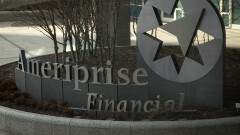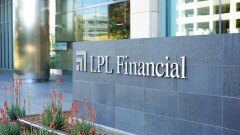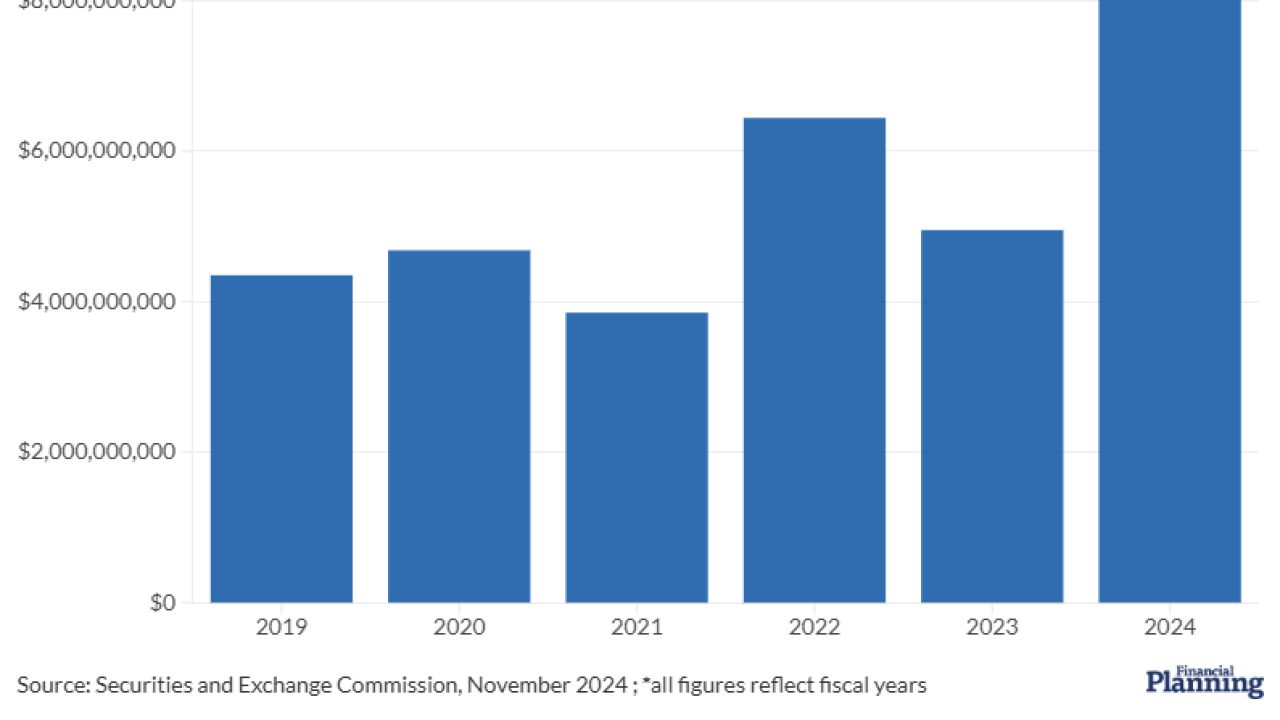Asked how the industry practice of revenue sharing served their clients' best interest, nine of the largest wealth management firms dodged the question.
Instead — as shown in the below slideshow — the representatives for Ameriprise, LPL Financial, UBS, Morgan Stanley, Edward Jones, Merrill, JPMorgan Chase, Wells Fargo and Raymond James either referred Financial Planning to their companies' disclosures, declined to comment or didn't answer the email inquiry. That was hardly surprising, considering that revenue sharing and other
But even officials at the Securities and Exchange Commission —
So FP turned to knowledgeable experts to explain revenue sharing, in which mutual fund companies make payments to wealth management firms that recommend their products. The practice creates conflict of interest, as wealth firms and their financial advisors may be incentivized to nudge clients toward funds that pay the most revenue sharing over funds that may be a better fit for the client.
READ MORE:
The practice began decades ago, when asset management firms were seeking space on the investment menus offered by independent advisors to their clients, according to Mark Quinn, director of regulatory affairs with Los Angeles-based
Today, the payments work differently than in the past.
"The top tier of sponsors, they all pay the same," Quinn said. "The potential conflict that could have arisen out of one sponsor paying more than another, that doesn't really exist in the way that it would have 15 or 20 years ago."
Regardless, the total scope of revenue sharing across the industry remains difficult, if not impossible, to determine. Some say it should be banned completely.
"Investors shouldn't need to be a financial expert to save for retirement any more than they should need to be an aerospace engineer to choose a safe flight," Corey Frayer, the director of investor protection with the
Many unknowns remain about revenue sharing, including its total amount, how exactly it differs from other types of payments between product issuers and wealth firms, and whether regulators will ever ban it.
With all that murkiness, planners should simply strive to inform themselves and their clients as much as possible about revenue sharing and other conflicts, according to Sara Grillo, an
"Being a better financial advisor comes down to things like this — doing the things that you're scared about," Grillo said. "You can only be better by having these dialogues."
Scroll down the slideshow for a glimpse into the disclosures about revenue sharing at nine of the largest firms in wealth management.














